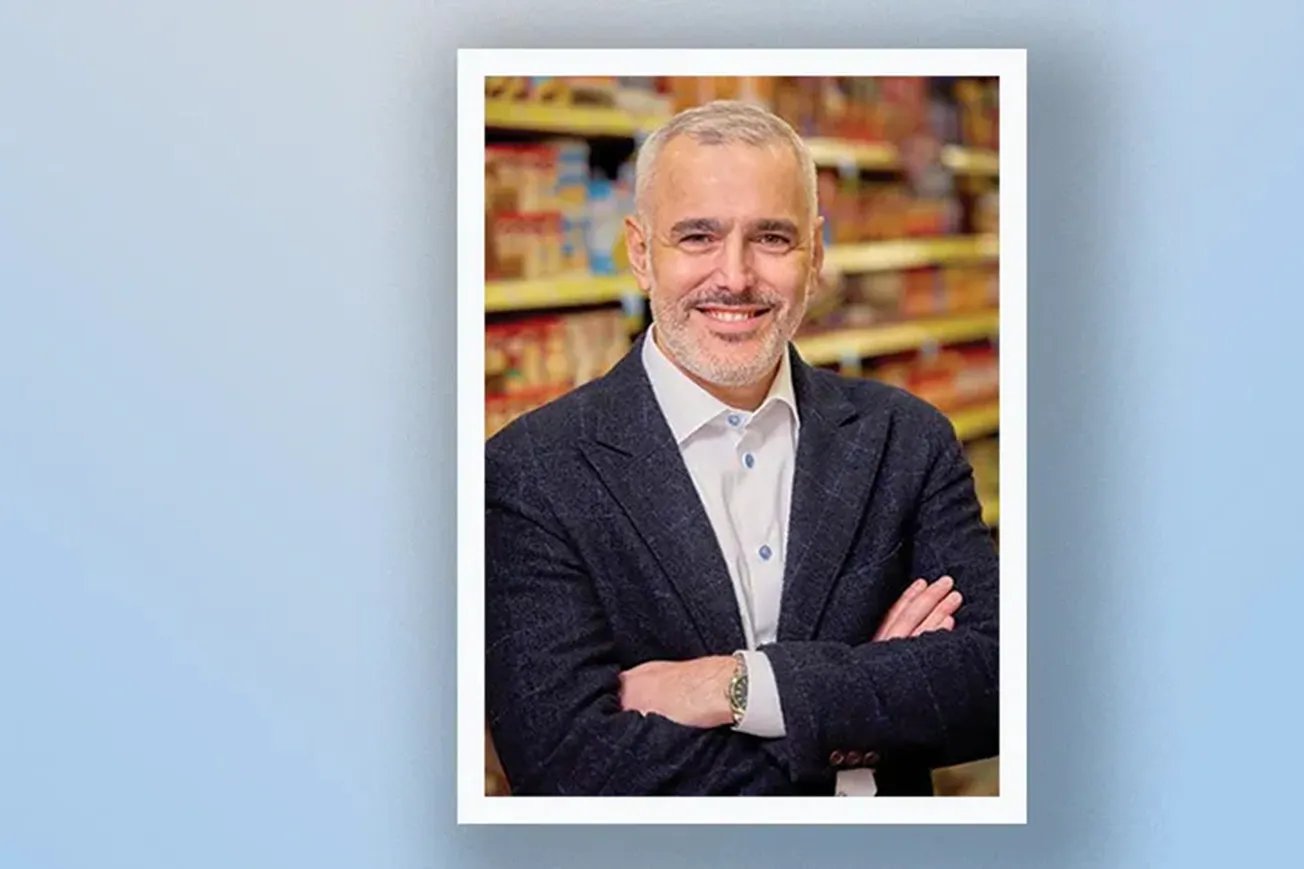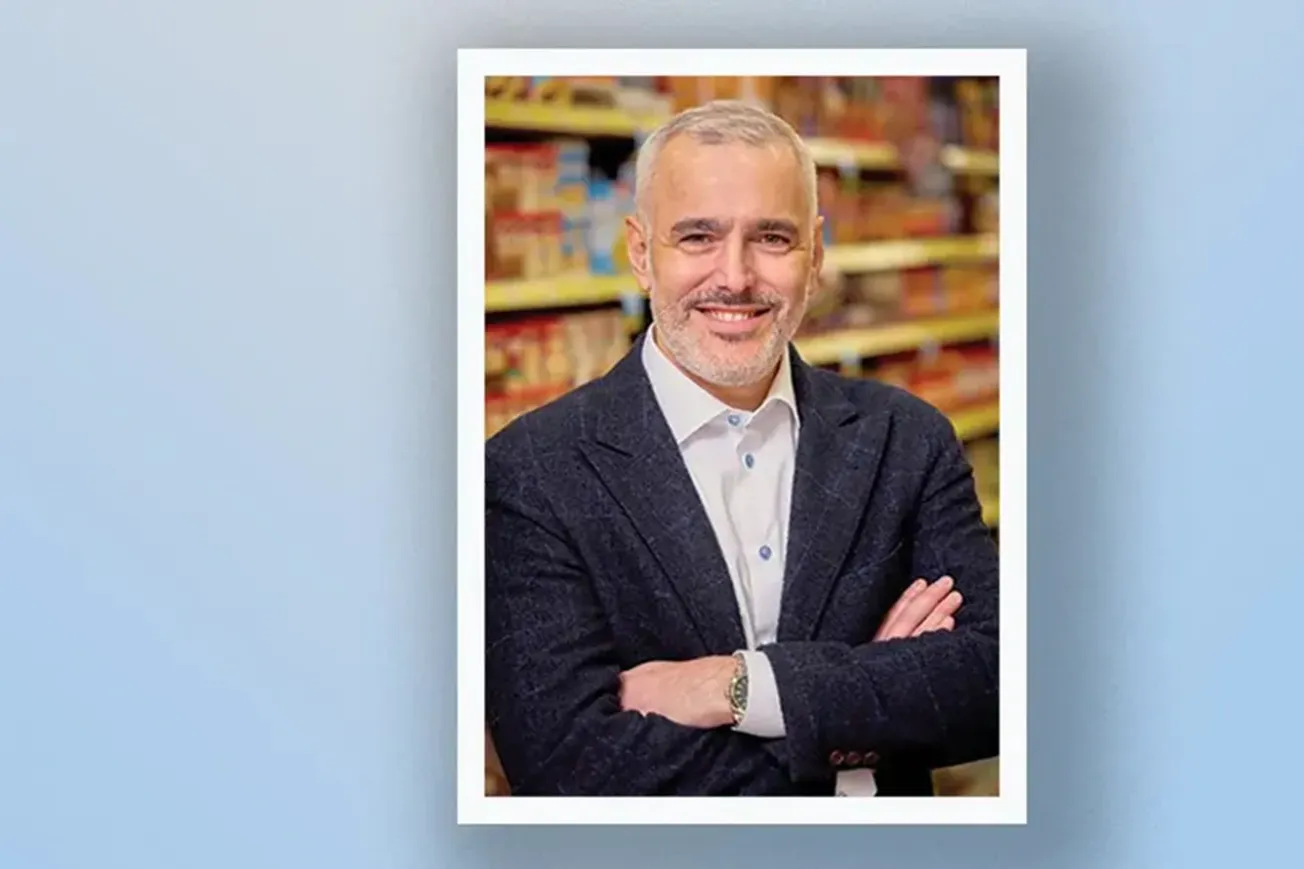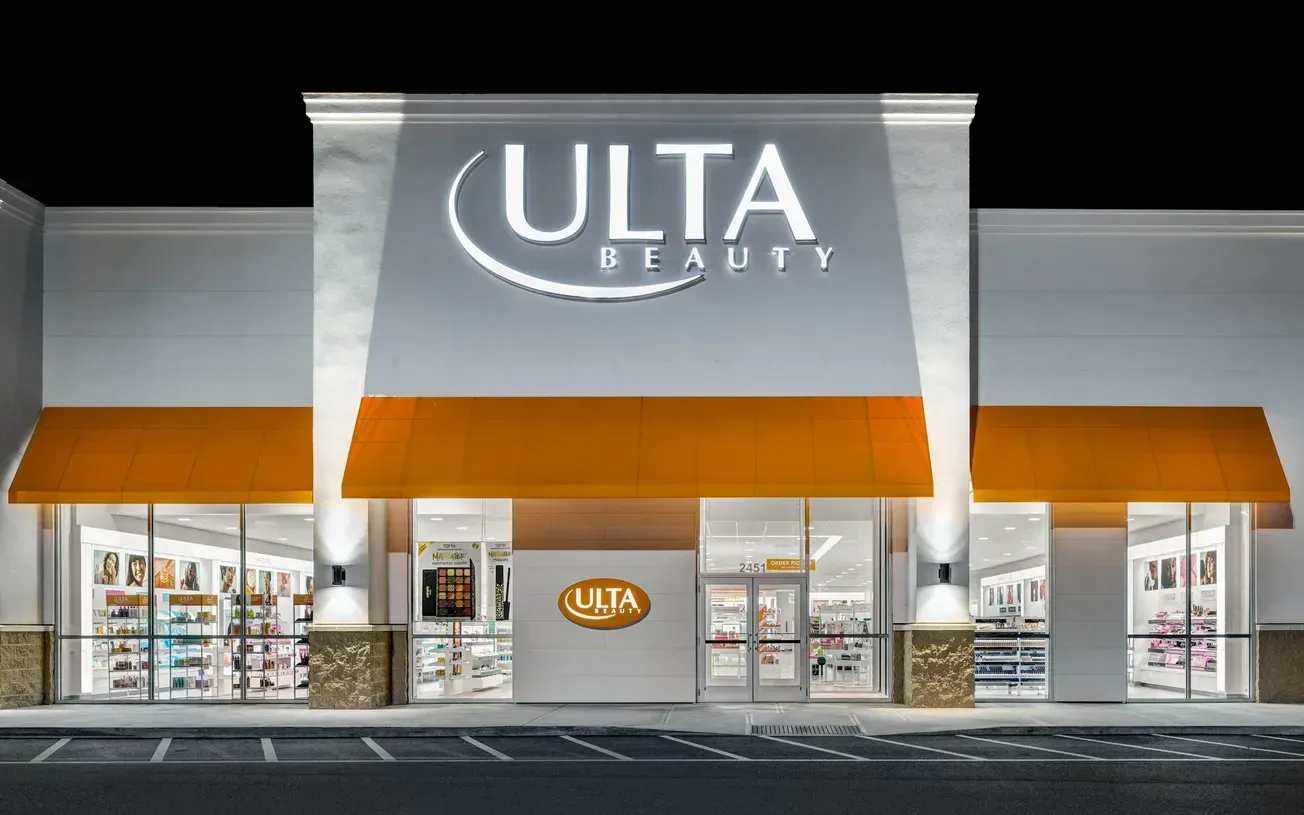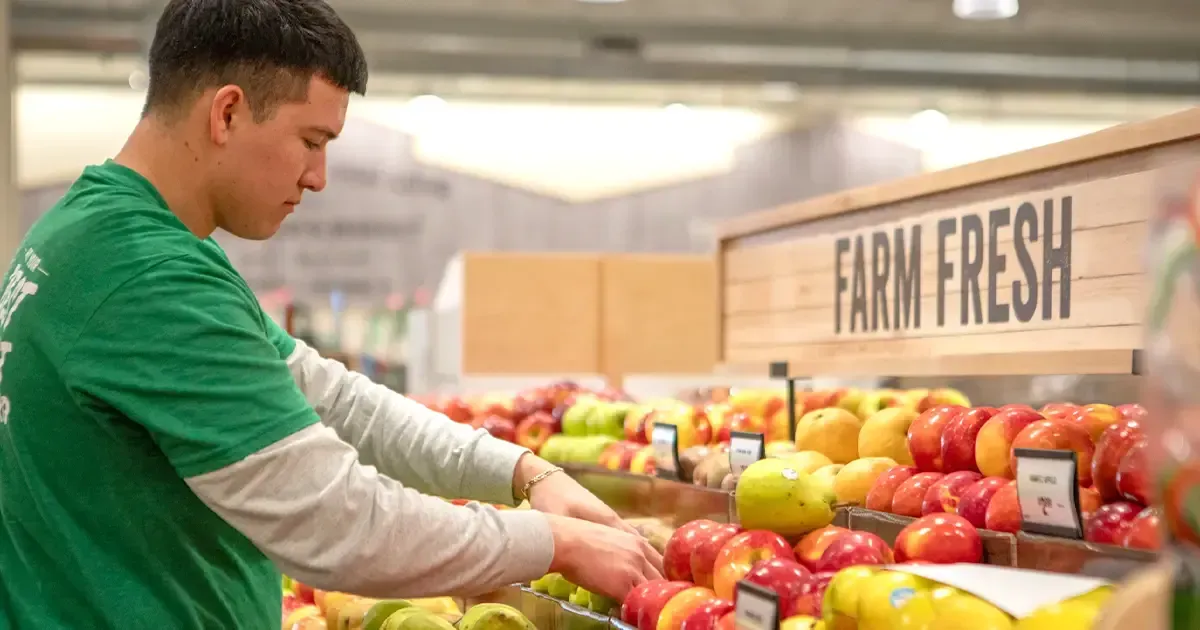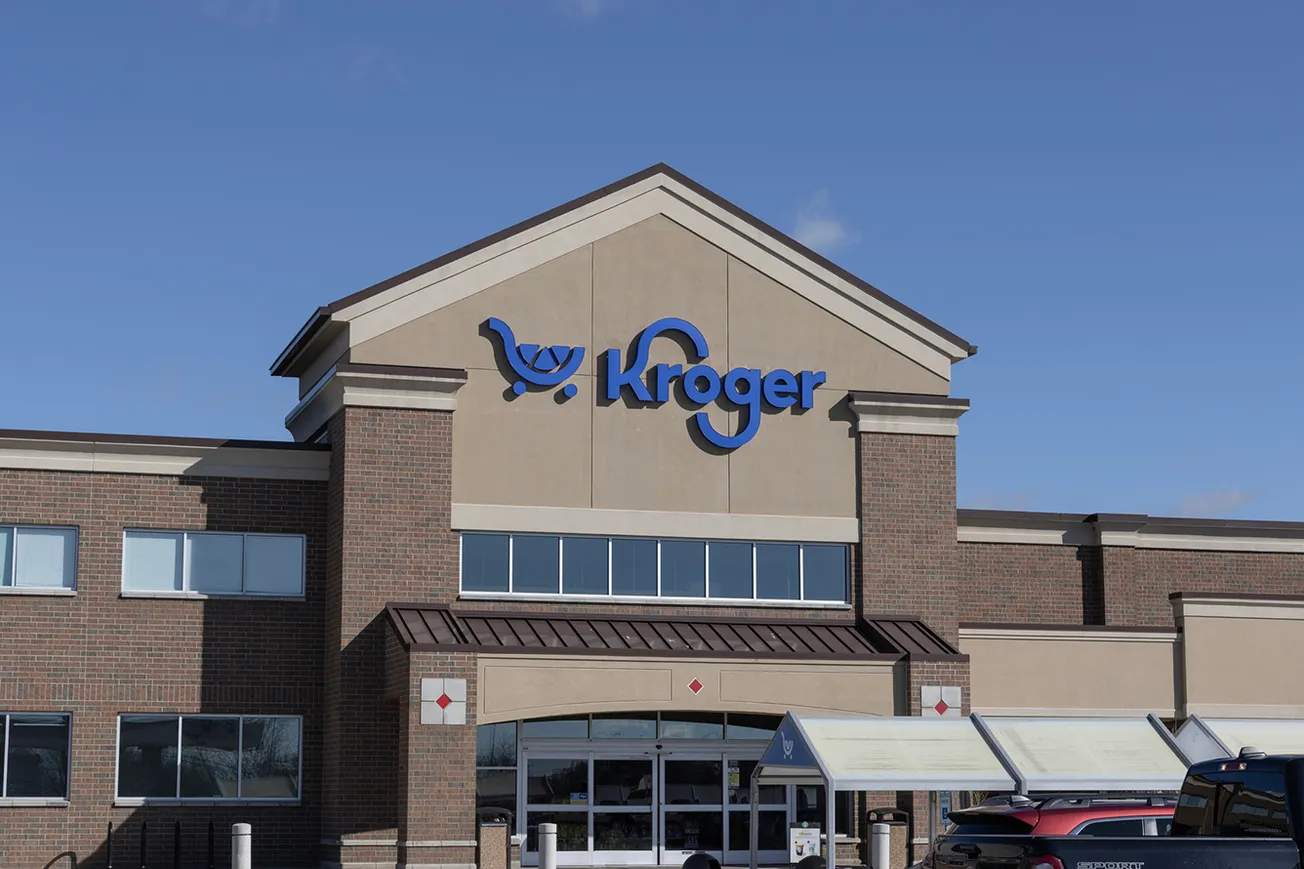You’ve heard the phrase “retail apocalypse” thrown around, right? It suggests that brick-and-mortar stores are on their way out, eclipsed by e-commerce and shifting consumer habits. While the retail landscape has undoubtedly evolved, the “apocalypse” narrative is highly exaggerated.
Physical stores still account for nearly 83% of U.S. retail sales, a testament to their enduring relevance. But economic uncertainty has ramped up the pressure on retailers and suppliers alike. Retailers today are laser-focused on creating seamless omnichannel experiences to stay competitive, putting pressure on suppliers to help drive foot traffic and in-store purchases.
Here’s the catch—not all retailers are working from the same playbook. Deeply understanding and aligning with each partner’s priorities is essential for success. Each major retailer emphasizes distinct strategies based on their customer base and market positioning. With this in mind, I wanted to share some key insights and strategies we consider to help our brand partners excel in today’s uncertain economic climate:
- Full-Funnel Strategy: Mission Critical. I can’t say this enough: To connect meaningfully with consumers, you need a full-funnel marketing strategy. Full-funnel encompasses every touchpoint along the shopping experience—from product discovery to repeat purchases. Think of it as creating a map of connection points, both online and offline, that ensures your brand remains top of mind and instantly purchasable.
- Geo-Targeted Promotions for On-the-Spot Purchase. Geo-targeted promotions can act as effective “digital nudges” to encourage impulse buys, especially when paired with seasonal or location-based campaigns. For example, CVS leverages its app to highlight exclusive in-store deals through geo-targeted promotions, guiding shoppers to the nearest CVS location. A geo-targeted marketing push around in-store promotion can enhance customer engagement; pair this with tailored social media ads, and you have a powerful tool to drive to specific locations.
- Influencer Seeding Programs to Drive Engagement. Influencers aren’t just for online campaigns—they can boost in-store visits, promoting exclusive events, limited-time discounts, or product launches. Targeted Influencer Seeding programs can definitely drive store traffic while taking your sales to another level. We’ve had great success “planting the seed of interest” through influencers sharing their positive product experiences. Most recently, for a mature OTC product, we used influencer seeding to reverse declining trends, dramatically increasing velocity, conversion, and visibility.
- Pricing & Promotions for Inflation-Conscious Consumers. With inflation making consumers more price-sensitive, it’s absolutely critical that your pricing strategy is on point. Offering value-based pricing—without undercutting the perceived quality of your products—can increase conversion. Loyalty strategies are also vital—think tiered rewards or discounts for repeat customers to build a sense of long-term value. Tailor promotions to meet customers where they are, whether it’s first-time buyer discounts or offers tied to seasonal milestones like holidays or back-to-school events.
- Personalization is Non-Negotiable. Consumers demand low-effort, personalized experiences tailored to their preferences and schedules. Walmart’s research shows that nearly 48% of customers want hyper-specific recommendations. Use shopper behavior data to create offers that feel targeted and relevant, like personalized discounts based on past purchases or curated product recommendations online and in-store. By doing so, you increase the likelihood of repeat business and customer loyalty.
- Leveraging Data to Deliver Smarter Experiences. Data is a goldmine for better shopper engagement. Building detailed customer profiles can help drive personalized recommendations, promotions, and timely alerts for repurchases. Strategies like first-time purchase discounts or tiered loyalty program perks can go a long way in creating lasting engagement. Retailer loyalty programs, like Target’s Circle, offer deep insights into purchase behavior. Similarly, insights from Walmart Connect can help fine-tune full-funnel strategies. By carefully mining retailer data, you can tailor advertising to capture attention at every stage—from initial discovery to checkout.
- Enhance your Online Presence. With more consumers researching and shopping online, ensuring a strong digital presence is critical. It’s not just about a mobile-friendly website; digital-first strategies should complement in-store experiences. By highlighting your product’s unique selling points on .com and optimizing product pages, you can drive more customers to both your digital storefront and physical locations.
- Offer Value and Incentives. Now more than ever, promotions, loyalty programs, and exclusive deals can motivate purchases and build brand loyalty. For instance, offering a discount for first-time shoppers or a loyalty program that rewards repeat buyers encourages more frequent purchases. Think seasonal offers tied to events like holidays or back-to-school can be effective, as is partnering with a targeted retailer to launch larger value packs to drive basket size and attract budget-conscious shoppers.
Key Takeaway: Don’t let the overblown “retail apocalypse” narrative distract you. Is your business ready to evolve its strategy to meet shifting consumer demands and become a retail partner of choice? Now’s the time to rethink and reset to drive greater traffic and success this year.
Jason Reiser is Chief Executive Officer of Market Performance Group, marketperformancegroup.com.


